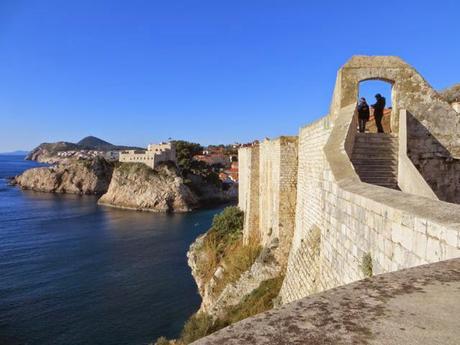
Dubrovnik, Croatia. 1940 meters of thick walls circle the city
In late December and early January my brother Tom spent three weeks in Croatia, staying in Dubrovnic, and making excursions from there into the countryside. Dubrovnik is famous for its intact city walls dating back to Medieval times. The walls are a favorite place to walk and view the historic architecture of the city. Here are some of Tom’s photos and comments from his trip.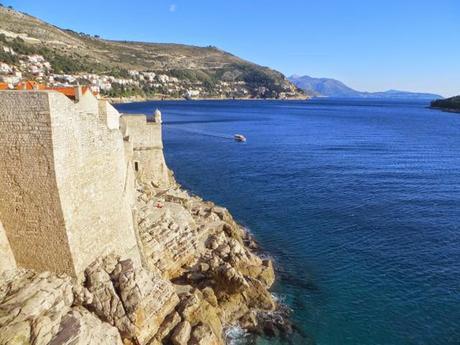
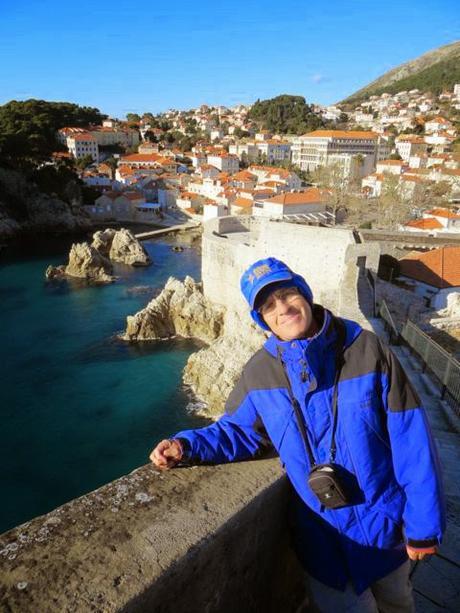
Tom in Dubrovnik
Today I walked the Dubrovnic wall with some friends. The views of the Adriatic Sea and the crystal clear water were beautiful. This coastline of Croatia is very rocky and the steep cliffs and steep wall made the city difficult to conquer.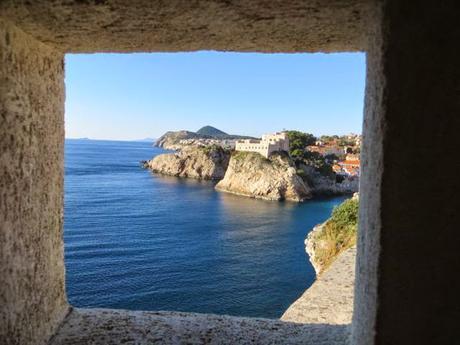
St. Lawrence Fortress (Croatian: Lovrijenac), often called Dubrovnik's Gibraltar, is located outside the western city walls, 37 metres (121 ft) above sea level.
The city of Dubrovnik is completely surrounded with walls and forts, including the Old Port. The history of the fortifications goes back to the early Middle Ages. No doubt the earliest urban settlement upon the islet of Laus was protected with walls. The fact that the city was able to resist the Saracens who besieged the city for 15 months in the 9th century means that it was fortified well.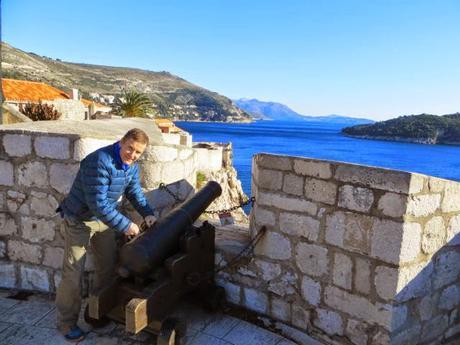
Cannon mounted along the wall
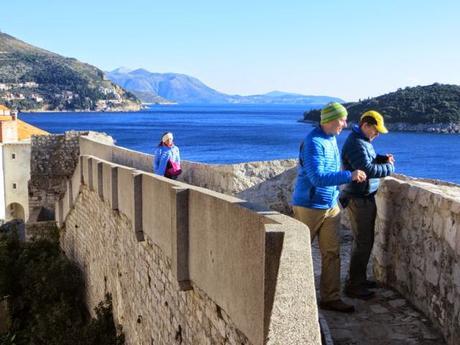
The average thickness of the wall was 1.5 meters, and it was built of stone and lime. To increase the strength of the walls and ensure better defense, 15 square forts were built in the 14th century.
In 1979 Old Town Dubrovnik was placed on the UNESCO World Heritage List.